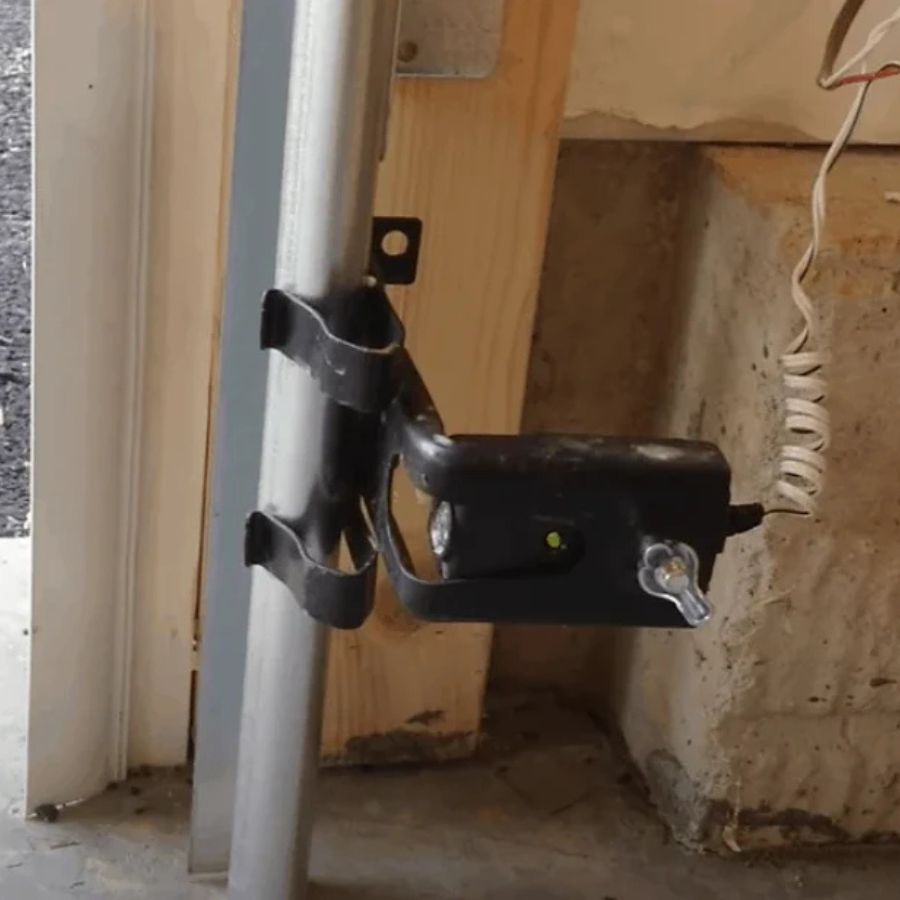7 Signs Your Garage Door Sensors Need Immediate Attention
Garage door sensors are essential components that ensure the functionality and safety of your garage door. When they’re not working properly, it can lead to a range of problems, from inconvenience to safety hazards. Recognizing the signs that indicate your sensors need immediate attention is crucial. In this article, we’ll explore the common indicators that you should be on the lookout for when it comes to garage door sensors. Let’s dive in!
1. Unresponsive Garage Door Operations
One of the most alarming signs that your garage door sensors need immediate attention is when the door becomes unresponsive. Imagine you press the remote button, and nothing happens; this can be incredibly frustrating. It might indicate that the sensors aren’t receiving the necessary signals. Check if the sensor eyes are clear of any obstructions. Sometimes, something as simple as a spider web or dirt can cause them to fail. A thorough cleaning could restore operation.
If the problem persists even after ensuring that there are no obstructions, it may suggest a deeper issue at hand, such as a malfunction in the wiring of the sensors. This is a more serious problem that could require professional help to diagnose and fix. Ignoring this issue can lead to larger concerns, making it essential to act swiftly if your garage door won’t respond.
2. Intermittent Door Functionality
Intermittent functionality can be one of those signs that many homeowners often overlook. Your garage door might operate just fine sometimes, but other times it may start and stop unpredictably. This erratic behavior can stem from issues with the garage door sensors not consistently detecting the opening and closing signals. If you notice that the door closes halfway and then reverses, it’s a clear indication that the sensors might be misaligned or malfunctioning.
Pay close attention to these inconsistent operations. They can be a precursor to more significant issues. If the sensors can’t reliably communicate, you risk the chance of the door slamming shut unexpectedly, posing a risk of injury or damage. Therefore, addressing intermittent functionality swiftly is key to ensuring the safety and security of your garage and home.
3. Visible Damage to the Sensors
When inspecting your garage door sensors, it’s crucial to look for any visible signs of damage. Cracks, dents, or any noticeable wear and tear raises a red flag. These small sensors endure a lot of wear, especially in active households where they are frequently exposed to the elements and accidental bumps from vehicles.
If you spot any damage, replacing the sensors quickly should be your priority. Sometimes, garage door sensors can be repaired, but in many cases, purchasing new sensors is the safer and more efficient option. Always remember that damaged sensors not only risk the functionality of your garage door but can also pose significant safety hazards.
4. Random Door Reversals
Have you ever noticed your garage door reversing its motion without hitting any object? This random reversal action is not just an odd quirk; it’s a significant indicator that the sensors may be misaligned or malfunctioning. When garage door sensors work properly, they should detect any objects in their path. If the door reverses without cause, it indicates that the sensors might be mistakenly interpreting something, like shadows or even dirt, as obstacles.
Inconsistent detection can cause your door to behave unpredictably, which is not just a nuisance but also a safety concern. If your garage door keeps reversing, it’s recommended to realign the sensors or call in a professional. Keeping the sensors in check ensures that your garage door operates smoothly while adequately protecting you and your belongings.
5. Misalignment of Sensors
Another common issue with garage door sensors is misalignment. When the sensors are incorrectly positioned or out of alignment, they may fail to function properly. This misalignment can occur over time due to shifting in the foundation or even being bumped during vehicle movement. Taking a moment to visually check the alignment can save you from dealing with further complications.
To ensure that your sensors are aligned, they should face each other directly and be positioned at the same height. If they are out of alignment, gently reposition them until they properly align. A simple adjustment could rectify the problem and get your garage door working smoothly again. Remember, even minor changes can significantly impact how well your garage door operates.
6. Inconsistent Detection of Objects
Inconsistent detection of objects can pose a significant risk when relying on garage door sensors. If you notice that the sensors fail to detect your vehicle or move erratically when something is in their path, something needs to change. Proper detection is essential for the safe operation of your garage door.
It’s essential to evaluate whether various objects, including small items or even pets, are consistently detected. If they are not, the sensors may need recalibration or replacement. Monitoring the effectiveness of your sensors ensures that you maintain a high safety standard and avoid unnecessary accidents in your driveway.
7. Increased Sensor Activity Light Patterns
Lastly, pay attention to the activity light on your garage door sensors. If you notice an increased frequency of blinking lights or a change in their patterns, it’s a sign that there may be an issue. Normally, a steady light indicates that the sensors are operational, while rapid blinking may indicate a problem with alignment or faulty wiring.
Understanding the meaning behind the sensor lights is key. If the lights are behaving erratically, don’t just ignore it; take it as an opportunity to troubleshoot and repair any possible issues. By doing so, you’re essentially preventing more severe complications that could arise down the line, thus ensuring your garage door operates as intended and your home remains a safe environment.


